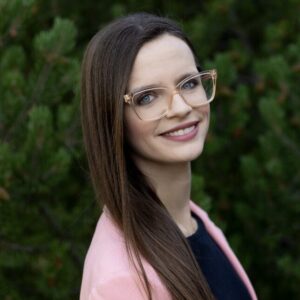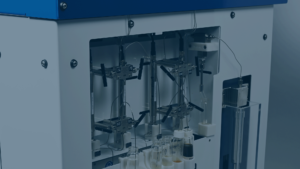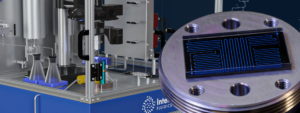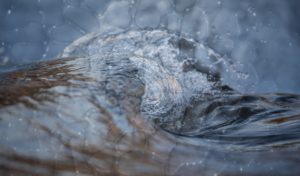You wouldn’t buy a car without test driving it, would you? No, the thought of this is ludicrous. Just because a certain make or model has been best in class for several years doesn’t decrease the merit of taking that spicy new sports car for a spin. In a world where “new” is often better, we fail to apply the same merit to scientific methods, instead relying on “tried and true” methods even if they don’t meet all of our present needs.
Steam-assisted gravity drainage (SAGD) is the prevailing in situ technology for thermal bitumen extraction[1]. Optimal extraction is highly dependent on the use of foaming surfactants, which are co-injected with steam to increase its density and viscosity, allowing it to penetrate into low-permeability zones within reservoirs. These physical changes improve the sweep efficiency and economics of enhanced oil recovery (EOR)[2,3].
Selecting suitable surfactants to generate highly effective thermal foams is an arduous process. Both bulk foam screening and coreflood testing can be used to gauge foam stability and mobility but face several caveats. For instance, bulk foam screening cannot be conducted at temperatures representative of oil and gas applications. And although coreflood testing is more comparable to industrial processes, it requires large volumes of samples, is costly, and requires long run times, reducing its practicality[4,5].
Interface Fluidics allows companies to “test drive” multiple surfactants simultaneously for use in thermal bitumen extraction with their microfluidic chip technology. This technology captures the horsepower of an entire laboratory onto a single chip resulting in greater experimental control, and less waste generation. In terms of bitumen extraction the advantage to end users translates to up-front cost savings by eliminating the need to conduct core-flood testing while allowing the company to test several high-temperature surfactants in a single run rapidly. This assures that they are moving forward with the best surfactant for optimal cost-recovery[6].
A recent study tested the company’s microfluidic technology against the industry standard of bulk foam screening to see which method could best select surfactants for foam-SAGD processes. As bulk-foam screening uses the height of the foam over time to gauge stability, it is considered a static measurement and cannot assess fluid velocity, mixing or shear present in SAGD reservoirs[6].
Four surfactants designed for use in SAGD operations were compared against a standard surfactant (SDS) that has not been optimized for high temperature or pressure environments. Not only did the bulk foam screening assay fail to optimally select for any of the commercial surfactants designed for SAGD application, but the general information provided was moot in comparison to data derived from a single run on the microfluidic chip[6].
In juxtaposition, the chip-based technology was able to select two of the four tested surfactants and provide valuable insights into foam stability and viscosity under both flow and static conditions[6].
In summary, as with purchasing a new vehicle, a thorough trial run of any process is essential for its downstream success. Interface Fluidics solves this problem by using a unique microfluidic chip technology that allows operators to simultaneously test several surfactants under simulated reservoir conditions to ensure they are selecting the best option for optimal bitumen recovery.
Post information sourced from de Haas et al., Screening High-Temperature Bitumen Recovery Conformance Foams with Microfluidics, written by authors from Interface Fluidics and Suncor Energy.
[5] Janssen, M. T. G.; Mutawa, A. S.; Pilus, R. M.; Zitha, P. L. J. Foam-Assisted Chemical Flooding for Enhanced Oil Recovery: Effects of Slug Salinity and Drive Foam Strength. Energy & Fuels 2019, 33 (6), 4951–4963.




